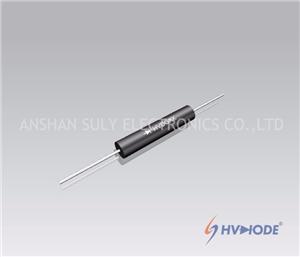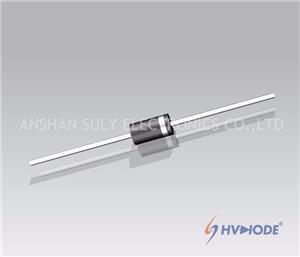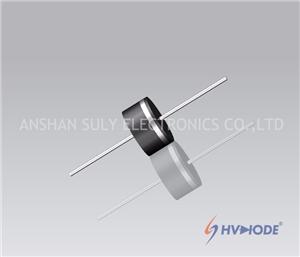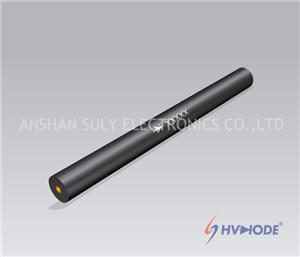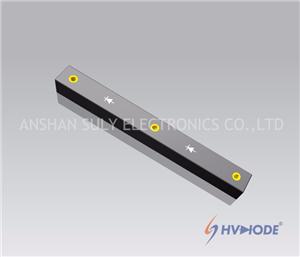- Inicio
- >
- Noticias
- >
- Noticias de la Industria
- >
- Characteristic Curve of High Voltage Diode
Characteristic Curve of High Voltage Diode
Characteristic Curve of High Voltage Diode
Like the PN junction, the high voltage diode has unidirectional conductivity. A typical volt-ampere characteristic curve for a silicon diode. When the diode is applied with a forward voltage, and the voltage value is small, the current is extremely small; when the voltage exceeds 0.6V, the current begins to increase exponentially, which is usually referred to as the cut-in voltage of the diode; when the voltage reaches about 0.7V, the diode is in a fully conductive state, which is commonly referred to as the turn-on voltage of the diode, as indicated by the symbol UD.
For a germanium diode, the cut-in voltage is 0.2V and the turn-on voltage UD is about 0.3V.
A reverse voltage is applied to the diode, when the voltage value is small, the current is extremely small, and the current value is the reverse saturation current IS. When the reverse voltage exceeds a certain value, the current begins to increase sharply, which is called reverse breakdown. This voltage is called the reverse breakdown voltage of the diode and is represented by the symbol UBR. The breakdown voltage UBR values of different types of diodes vary widely, from tens of volts to several thousand volts.


